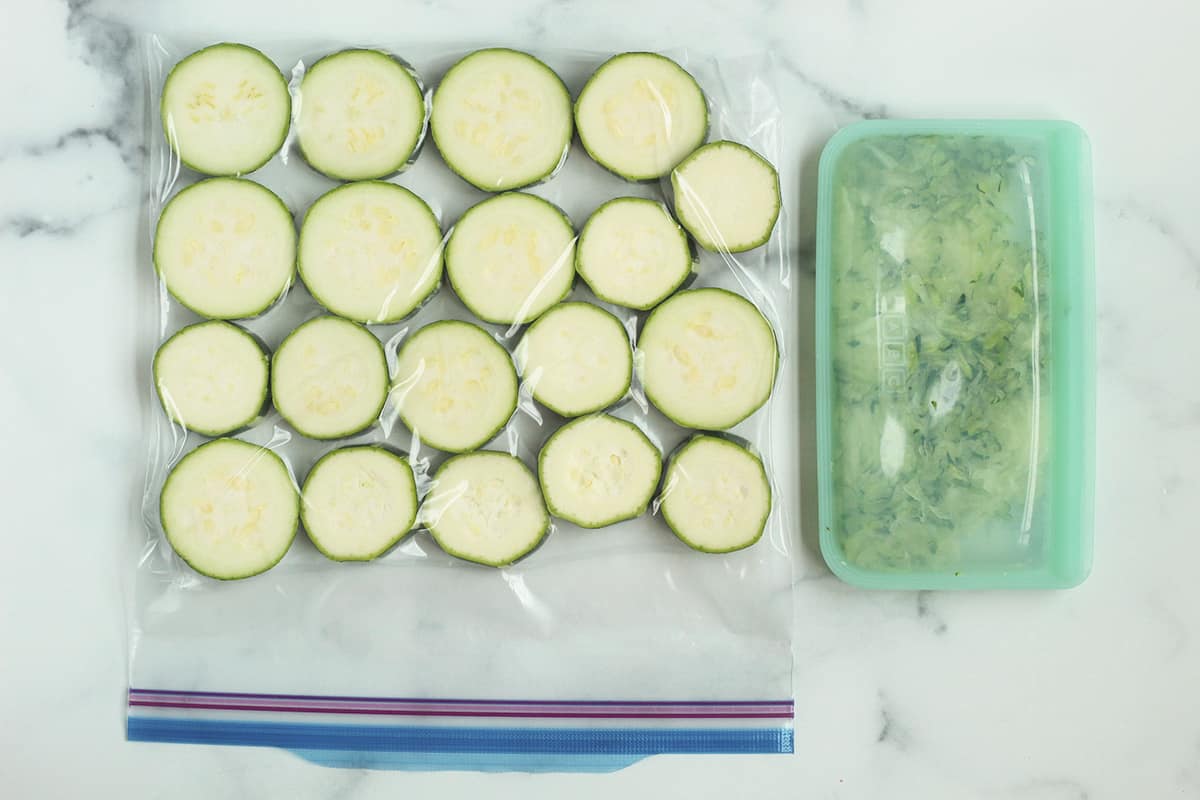

Articles
How To Store Zuchinni
Modified: January 8, 2024
Learn how to store zucchini in this helpful article. Find tips and tricks for keeping your zucchini fresh and delicious for longer.
(Many of the links in this article redirect to a specific reviewed product. Your purchase of these products through affiliate links helps to generate commission for Storables.com, at no extra cost. Learn more)
Introduction
Welcome to the ultimate guide on how to store zucchini! If you’re a fan of this versatile and delicious summer squash, you know how important it is to store it properly to maintain its freshness and flavor. Whether you’ve harvested zucchini from your own garden or bought it from a local market, this article will provide you with all the information you need to keep your zucchini fresh for an extended period.
Zucchini is a popular vegetable due to its mild flavor and ability to be used in a wide range of dishes. From sautés and soups to salads and baked goods, zucchini can elevate any recipe with its unique taste and texture. To ensure that you always have zucchini on hand to create culinary delights, it’s crucial to understand the best practices for storing this versatile vegetable.
By following the tips and techniques outlined in this guide, you’ll be able to extend the shelf life of your zucchini while preserving its quality and taste. Whether you’re planning to use it in your next meal or want to store it for future use, we’ve got you covered.
So let’s dive into the details of choosing fresh zucchini and some effective storage methods to ensure that your zucchini stays fresh and delicious. Whether you prefer to store it in the refrigerator, freezer, or canning jars, we’ll walk you through each method step by step. Additionally, we’ll cover some best practices to help you get the most out of your zucchini and avoid any unnecessary waste.
So, if you’re ready to become an expert in storing zucchini, let’s get started!
Key Takeaways:
- Store zucchini in the refrigerator by wrapping it in a paper towel and placing it in a perforated plastic bag. Check regularly for spoilage and use within a week for optimal freshness.
- Preserve zucchini through freezing or canning to enjoy it year-round. Follow best practices such as handling with care, inspecting regularly, and storing away from ethylene-producing fruits to maximize shelf life.
Read more: How To Store Basil From Store
Choosing Fresh Zucchini
When it comes to storing zucchini, it’s essential to start with fresh and high-quality produce. By selecting the best zucchini, you can ensure that it will stay fresh for a longer period. Here are a few tips to help you choose fresh zucchini:
- Appearance: Look for zucchini that have a vibrant green color and a smooth, unblemished skin. Avoid zucchini with soft spots or bruises, as these are signs of deterioration.
- Size: Choose zucchini that are small to medium in size, as they tend to be more tender and flavorful. Avoid large zucchini, as they can be less flavorful and may have a spongy texture.
- Weight: Pick up the zucchini and feel its weight. It should feel heavy for its size, indicating that it is moist and not dried out.
- Firmness: Gently press your fingertips against the zucchini. It should have a firm texture without any soft or mushy areas.
- Organic vs. Conventional: Consider buying organic zucchini, especially if you’re concerned about pesticides. Organic zucchini is grown without synthetic fertilizers and pesticides, making it a healthier choice.
By following these guidelines, you can ensure that you’re selecting the freshest zucchini available. Remember, fresh zucchini will have a better flavor and will last longer when stored correctly.
Washing and Drying Zucchini
Before you store your zucchini, it’s crucial to wash and dry it properly. This step helps remove any dirt, debris, or bacteria that may be present on the skin. Here’s how to wash and dry zucchini:
- Rinse: Start by rinsing the zucchini under cool running water. Gently rub the surface with your hands to remove any dirt or residue.
- Scrub: For stubborn dirt or debris, you can use a vegetable brush to scrub the zucchini gently. Pay special attention to the stem and blossom ends.
- Trim: If there are any blemishes or damaged areas on the zucchini, trim them off with a clean knife.
- Dry: Once you’ve washed the zucchini, pat it dry with a clean kitchen towel or paper towels. Ensuring that the zucchini is dry will help prevent moisture buildup and potential spoilage during storage.
It’s essential to note that you should wash zucchini just before using or storing it. Washing zucchini too far in advance can lead to excess moisture, which can promote mold growth and reduce its shelf life.
By following these simple steps, you can ensure that your zucchini is clean and ready for storage. Now that your zucchini is washed and dry, let’s dive into the various storage methods you can use to keep your zucchini fresh and flavorful!
Proper Storage Methods
When it comes to storing zucchini, there are a few different methods you can choose from depending on your preferences and how you plan to use the vegetable. Here are the main storage methods for zucchini:
- Refrigerator Storage: Storing zucchini in the refrigerator is a common and convenient method. It helps maintain the freshness and texture of the vegetable. Make sure to wrap the zucchini loosely in a paper towel and place it in a perforated plastic bag or a loosely sealed plastic container. This method can keep zucchini fresh for up to a week.
- Freezing: If you have an abundance of zucchini or want to store it for a longer period, freezing is a great option. Start by washing and cutting the zucchini into desired shapes, such as slices or cubes. Blanch the cut zucchini in boiling water for a few minutes, then transfer it to an ice bath to stop the cooking process. Drain the zucchini, pat it dry, and place it in a sealed freezer bag or container. Frozen zucchini can last for up to 3 months.
- Canning: Another method to preserve zucchini is through canning. This method requires a bit more effort, but it allows you to store zucchini for an extended period. You can follow canning recipes and safely process zucchini in jars using a water bath or pressure canner.
- Storing Cut Zucchini: If you have leftover cut zucchini, store it in an airtight container in the refrigerator. Make sure to place a paper towel at the bottom of the container to absorb any excess moisture. Cut zucchini can be stored for a couple of days but may start to lose its texture and freshness over time, so it’s best to use it as soon as possible.
When selecting a storage method, consider how you plan to use the zucchini, the quantity you have, and the available storage space. Each method has its advantages, so choose the one that works best for your needs.
Now that you’re familiar with the different storage methods, let’s explore each method in more detail, starting with storing zucchini in the refrigerator.
Storing Zucchini in the Refrigerator
Storing zucchini in the refrigerator is a popular method that helps prolong its freshness and maintain its texture. Here’s how to properly store zucchini in the refrigerator:
- Prepare: Start by washing and drying the zucchini as mentioned earlier. Trim off any blemishes or damaged areas.
- Wrap: Wrap the zucchini loosely in a paper towel. This is to absorb any excess moisture and prevent the zucchini from becoming damp.
- Place: Put the wrapped zucchini in a perforated plastic bag or place it in a loosely sealed plastic container. The holes in the bag or container allow for proper airflow, which helps prevent moisture buildup.
- Store: Find a designated spot in your refrigerator to store the zucchini. Ideally, it should be stored in the crisper drawer, which provides a slightly higher humidity level.
By following these steps, your zucchini should stay fresh for up to a week in the refrigerator. However, keep in mind that as time passes, the zucchini may start to lose its texture and flavor. Therefore, it’s best to use it as soon as possible to enjoy its peak freshness.
Remember to check on your zucchini regularly and remove any pieces that show signs of spoilage. One spoiled zucchini can quickly affect the others, so it’s crucial to remove any compromised pieces promptly.
Now that you know how to store zucchini in the refrigerator, let’s explore another popular storage method, freezing zucchini, which allows you to store it for a longer period.
Store zucchini in a perforated plastic bag in the refrigerator’s crisper drawer. It will stay fresh for up to a week. Avoid washing until ready to use.
Read more: How To Store Store-Bought Bread
Freezing Zucchini
Freezing zucchini is a great method to preserve this versatile vegetable for an extended period. Whether you have a surplus of zucchini from your garden or want to take advantage of a sale at the market, freezing zucchini allows you to enjoy it throughout the year. Here’s how to freeze zucchini:
- Prepare: Start by washing the zucchini and cutting it into desired shapes, such as slices or cubes. Remove any blemishes or damaged areas.
- Blanch: Blanching zucchini before freezing helps preserve its flavor, color, and texture. Bring a pot of water to a boil and add the zucchini. Blanch them for about 2-3 minutes, depending on their size.
- Ice Bath: After blanching, immediately transfer the zucchini to an ice bath. This stops the cooking process and helps the zucchini retain their crispness.
- Drain and Dry: Once the zucchini has cooled in the ice bath, drain them and pat them dry with a clean kitchen towel or paper towels. Removing excess moisture helps prevent the formation of ice crystals during freezing.
- Package: Place the drained and dry zucchini in a freezer-safe bag or airtight container. Leave some headspace to allow for expansion during freezing. Alternatively, you can portion the zucchini into individual servings to make it easier to thaw only what you need.
- Label and Freeze: Label the containers with the date and contents and place them in the freezer. Ideally, store zucchini in a single layer to prevent them from sticking together. Once they’re frozen, you can stack them to save space.
Frozen zucchini can be stored for up to 3 months. When you’re ready to use it, simply remove the desired amount from the freezer and thaw it in the refrigerator overnight or use the defrost setting on your microwave.
It’s important to note that freezing zucchini may affect its texture slightly. Thawed zucchini tends to be softer and best suited for cooked dishes rather than raw applications. Therefore, it’s ideal for adding to soups, stews, stir-fries, or baked goods.
Now that you know how to freeze zucchini, you can easily preserve your surplus harvest or take advantage of zucchini sales to enjoy it all year round. Next, let’s explore another preservation method, canning, which allows for long-term storage and opens up even more culinary possibilities.
Preserving Zucchini Through Canning
Canning is a popular method for preserving zucchini and extending its shelf life. By canning zucchini, you can enjoy its freshness and flavor long after the harvest season is over. Here’s a step-by-step guide on how to preserve zucchini through canning:
- Prepare: Start by gathering the necessary canning equipment, such as glass canning jars, lids, and bands. Ensure that the jars and lids are clean and sterilized before use.
- Wash and Cut: Wash the zucchini thoroughly and remove any blemishes or damaged parts. Cut the zucchini into desired shapes, such as slices or cubes.
- Choose a Method: There are two common methods for canning zucchini: water bath canning and pressure canning. The appropriate method will depend on the acidity of the recipe you’re using. High-acid recipes (with vinegar or lemon juice) can be safely processed using water bath canning, while low-acid recipes (without added acid) require pressure canning.
- Follow a Recipe: Select a canning recipe specifically designed for zucchini. Follow the instructions carefully, including the measurements, processing time, and recommended ingredients for the canning liquid.
- Fill and Process: Fill the sterilized jars with the prepared zucchini and cover them with the canning liquid from the recipe. Leave the appropriate headspace as indicated in the recipe. Seal the jars with sterilized lids and bands.
- Process the Jars: For water bath canning, place the sealed jars in a large pot of boiling water. Submerge the jars completely and process them for the recommended time specified in the recipe. For pressure canning, follow the manufacturer’s instructions for your specific pressure canner.
- Cool and Store: Once the processing time is complete, carefully remove the jars from the water and place them on a towel-lined surface. Allow the jars to cool completely. Check the seals to ensure they are tight and store the cooled jars in a cool, dark place.
Properly canned zucchini can last for up to a year or even longer if stored in optimal conditions. Make sure to label the jars with the contents and the date of canning for easy reference.
Canned zucchini opens up a world of culinary possibilities. You can use it in casseroles, soups, stews, or as a side dish. The preserved zucchini will retain its flavor and texture, making it a convenient and versatile ingredient to have on hand.
Now that you’re familiar with the canning method for preserving zucchini, let’s explore some tips and best practices for storing zucchini in different forms.
Storing Cut Zucchini
If you have leftover cut zucchini that you want to store, it’s important to do so properly to prevent spoilage and maintain its freshness. Here’s how to store cut zucchini:
- Prepare: Start by washing the cut zucchini to remove any dirt or debris. Pat them dry with a kitchen towel or paper towels.
- Airtight Container: Place the cut zucchini in an airtight container. Choose a container that is just the right size to hold the cut zucchini without too much empty space, as excess air can cause the zucchini to spoil faster.
- Paper Towel: Place a paper towel at the bottom of the container before adding the cut zucchini. The paper towel will help absorb excess moisture and keep the zucchini dry.
- Layering: If you have multiple layers of cut zucchini, separate them with additional layers of paper towel to prevent them from sticking to each other.
- Seal and Store: Seal the container tightly and store it in the refrigerator. The cool temperature will help slow down the spoiling process and keep the cut zucchini fresh.
Stored this way, cut zucchini can last for a couple of days in the refrigerator, but it’s best to use it as soon as possible to maintain its flavor and texture. Avoid leaving cut zucchini at room temperature for too long as it can lead to bacterial growth and spoilage.
When you’re ready to use the cut zucchini, simply remove it from the container and incorporate it into your desired recipe. Make sure to examine the zucchini for any signs of spoilage, such as sliminess or a foul odor. If the zucchini shows any signs of spoilage, discard it immediately.
By storing cut zucchini properly, you can minimize waste and have a convenient ingredient ready for your next culinary creation.
Now that you know how to store cut zucchini, let’s explore some best practices for storing zucchini in general to maximize its shelf life and flavor.
Best Practices for Storing Zucchini
To ensure that your zucchini stays fresh and flavorful for as long as possible, here are some best practices to follow when storing zucchini:
- Handle with Care: Zucchini can be delicate, so handle it with care to avoid bruising or damaging the skin. Bruised or damaged zucchini is more susceptible to spoilage.
- Store Unwashed: Avoid washing zucchini before storing it, as excess moisture can promote mold growth. Instead, wash it just before using or preserving it.
- Inspect Regularly: Check on your stored zucchini regularly and remove any pieces that show signs of spoilage. One rotten zucchini can quickly affect the others, so it’s important to remove it promptly.
- Avoid Crowding: Do not overcrowd zucchini in the storage container or refrigerator. Leave some space for proper air circulation, which helps prevent moisture buildup and slows down spoilage.
- Separate from Ethylene-Producing Fruits: Zucchini is sensitive to ethylene gas, which is naturally released by certain fruits like apples, bananas, and tomatoes. To prevent premature ripening and spoilage, store zucchini separately from ethylene-producing fruits.
- Use First-In, First-Out: If you have multiple zucchini, use the oldest ones first to avoid waste. The fresher zucchini will have a longer shelf life, so prioritize using the older ones before moving on to the newer ones.
- Consider Preservation Methods: If you have a surplus of zucchini, consider preserving it through freezing or canning methods. These methods allow you to enjoy zucchini all year round and minimize waste.
- Optimal Temperature: Most zucchini will stay fresh and flavorful when stored at temperatures between 45°F and 55°F (7°C and 13°C). The refrigerator crisper drawer is often the best place to store zucchini as it provides slightly higher humidity levels.
By following these best practices, you can maximize the shelf life of your zucchini and enjoy its fresh flavor in a variety of dishes.
Now that you’re equipped with the knowledge of proper storage methods and best practices, you can confidently store your zucchini and enjoy its deliciousness whenever you desire.
Read more: How To Store Basil From Grocery Store
Conclusion
Storing zucchini properly is essential to maintain its freshness, flavor, and texture. Whether you’ve harvested zucchini from your garden or bought it from the market, following the right storage methods can help prolong its shelf life and minimize waste.
In this comprehensive guide, we explored various storage methods for zucchini, including storing it in the refrigerator, freezing it, and preserving it through canning. Each method has its own advantages and can be chosen based on your preferences and needs.
We discussed the importance of choosing fresh zucchini and provided tips on how to select the best ones. We also covered the proper steps to wash and dry zucchini before storage, as well as how to store cut zucchini to maintain its freshness.
Furthermore, we discussed best practices for storing zucchini, including handling with care, inspecting regularly, avoiding overcrowding, and storing away from ethylene-producing fruits. These practices can help prolong the shelf life of zucchini and minimize the risk of spoilage.
By storing zucchini properly, you can ensure that it stays fresh and flavorful for an extended period. This allows you to enjoy zucchini in a wide range of dishes, such as sautés, soups, salads, and even baked goods.
Remember to utilize preservation methods like freezing or canning if you have an abundance of zucchini. These methods allow you to extend its shelf life and enjoy zucchini all year round.
Now that you have the knowledge and understanding of how to store zucchini effectively, you can confidently store your zucchini and make the most of this versatile and delicious vegetable.
So go ahead, enjoy your zucchini dishes, and savor the flavors of this wonderful summer squash!
Frequently Asked Questions about How To Store Zuchinni
Was this page helpful?
At Storables.com, we guarantee accurate and reliable information. Our content, validated by Expert Board Contributors, is crafted following stringent Editorial Policies. We're committed to providing you with well-researched, expert-backed insights for all your informational needs.



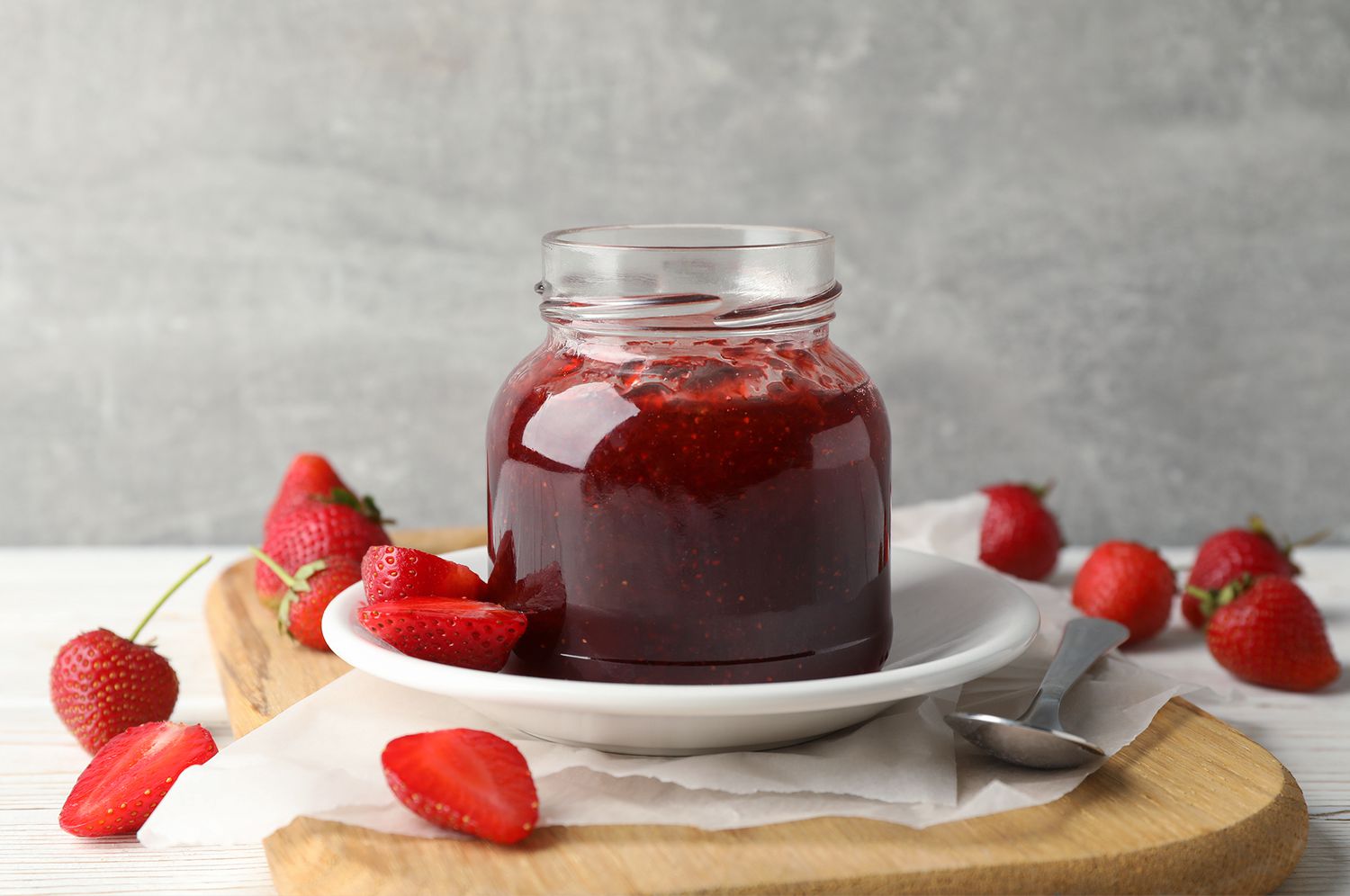
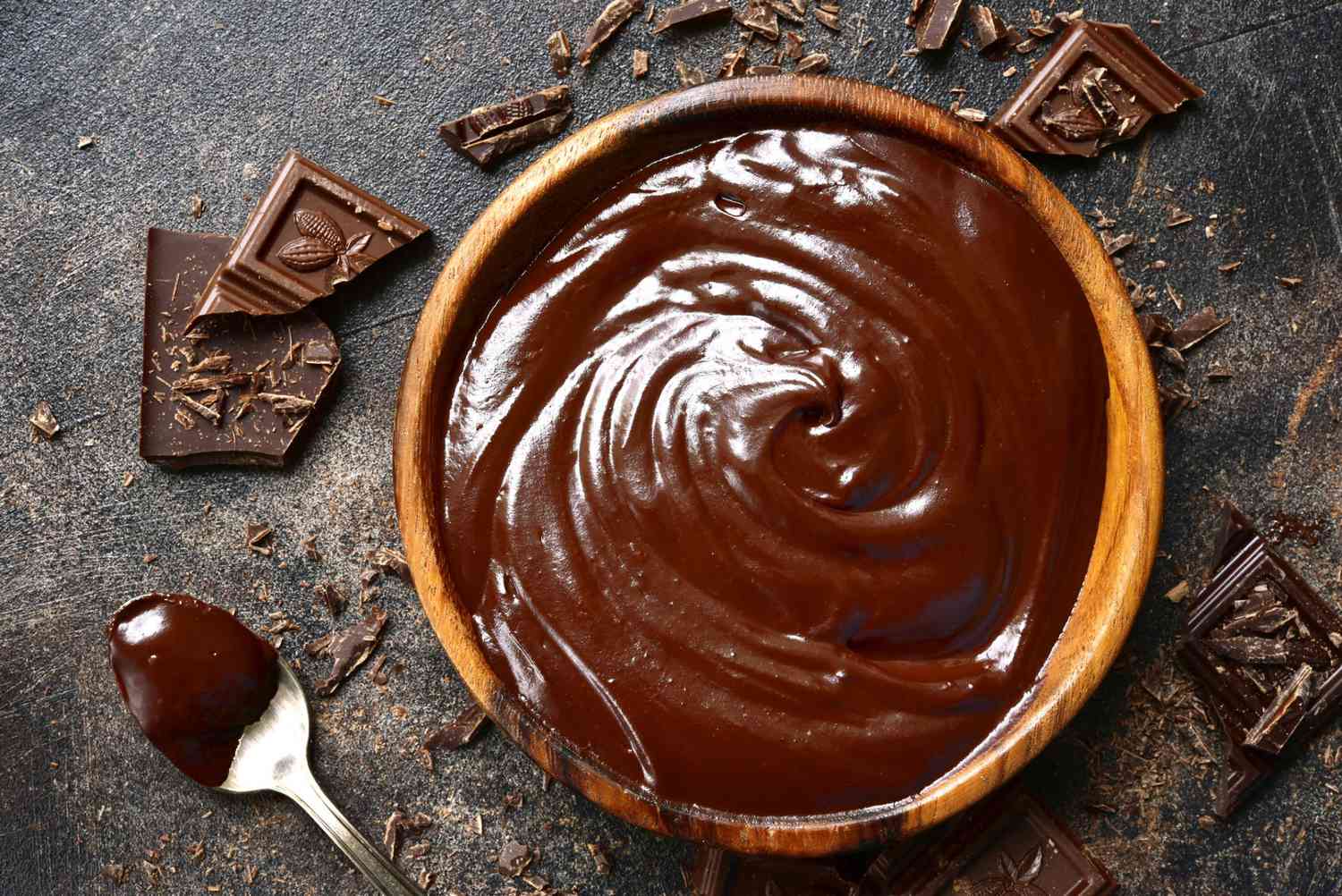

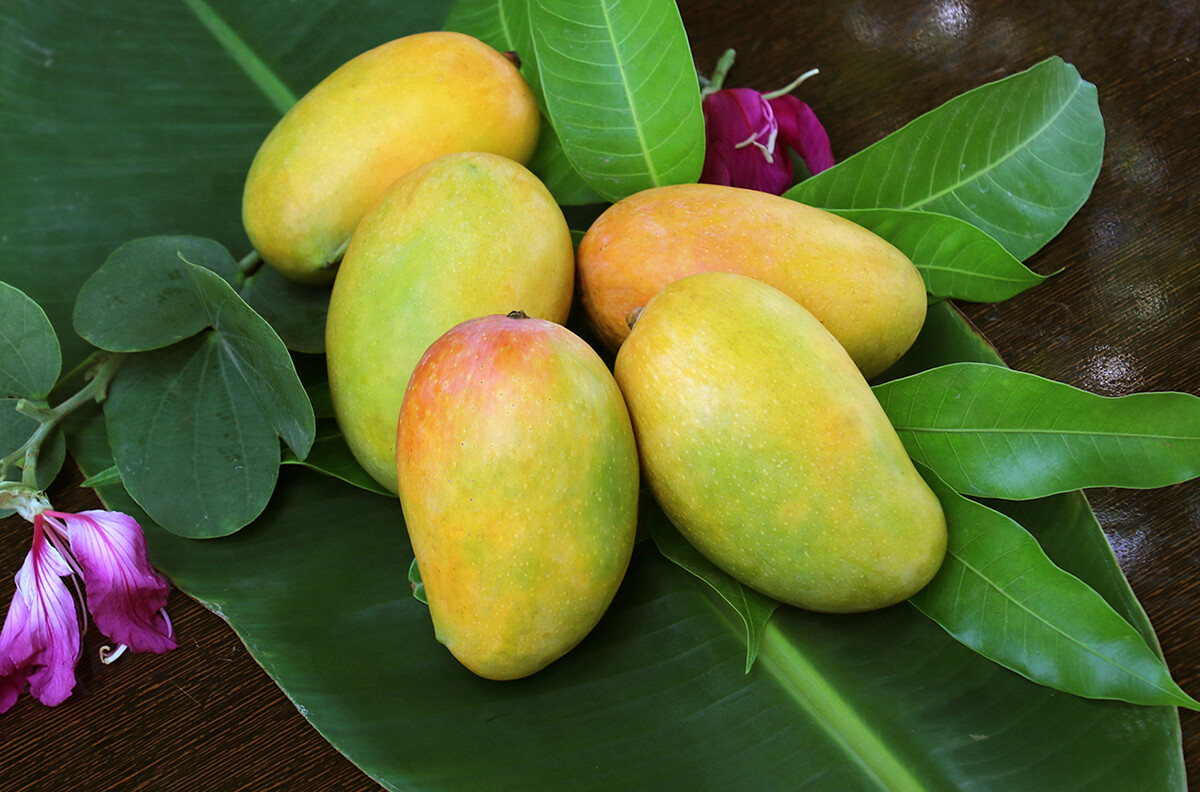

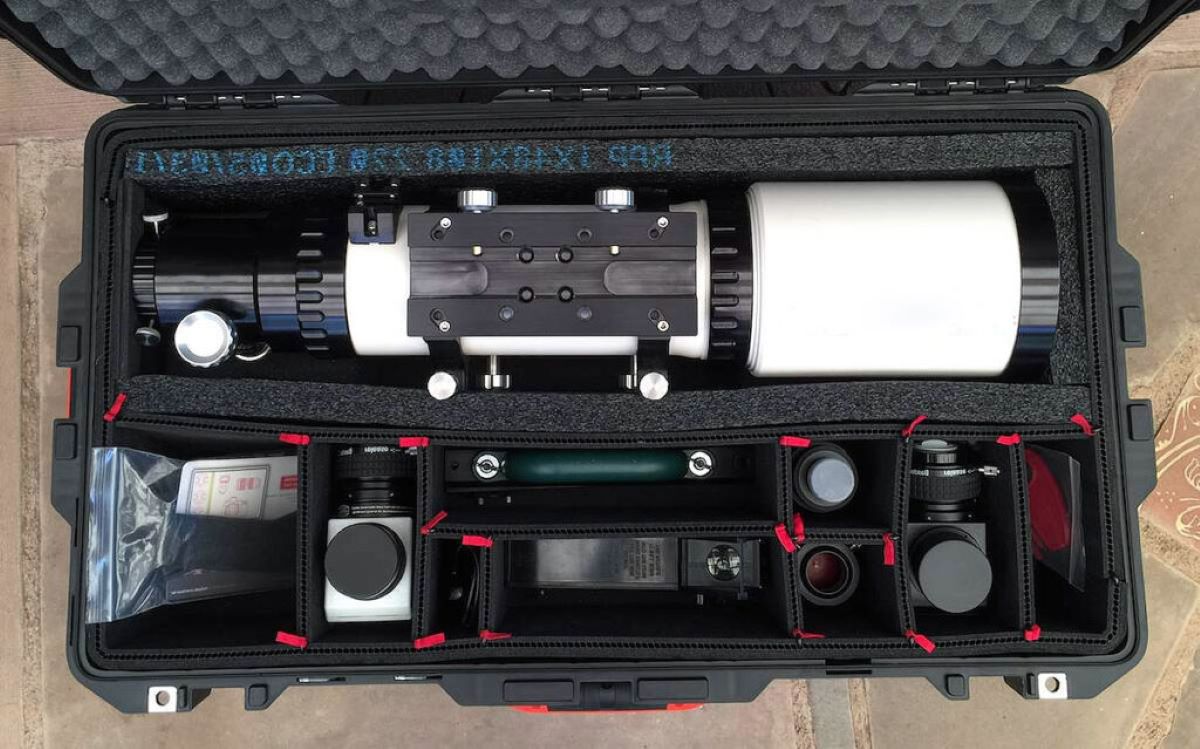

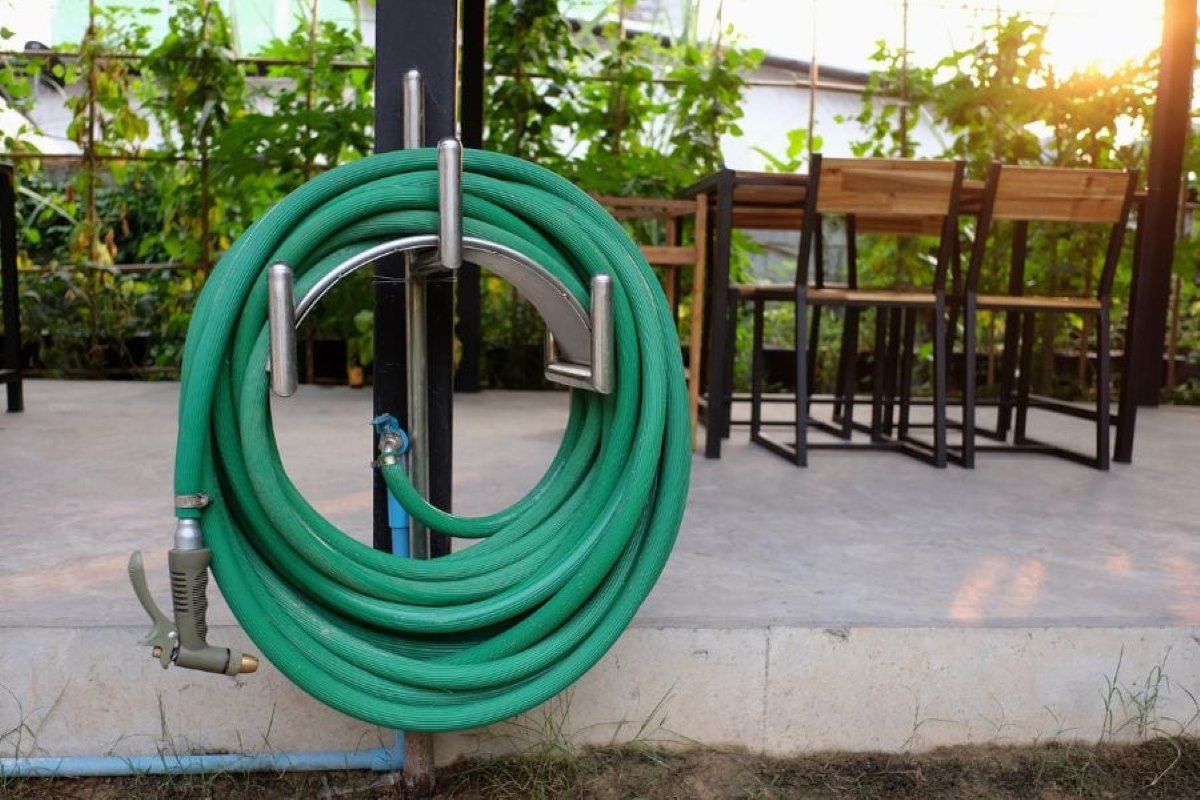



0 thoughts on “How To Store Zuchinni”